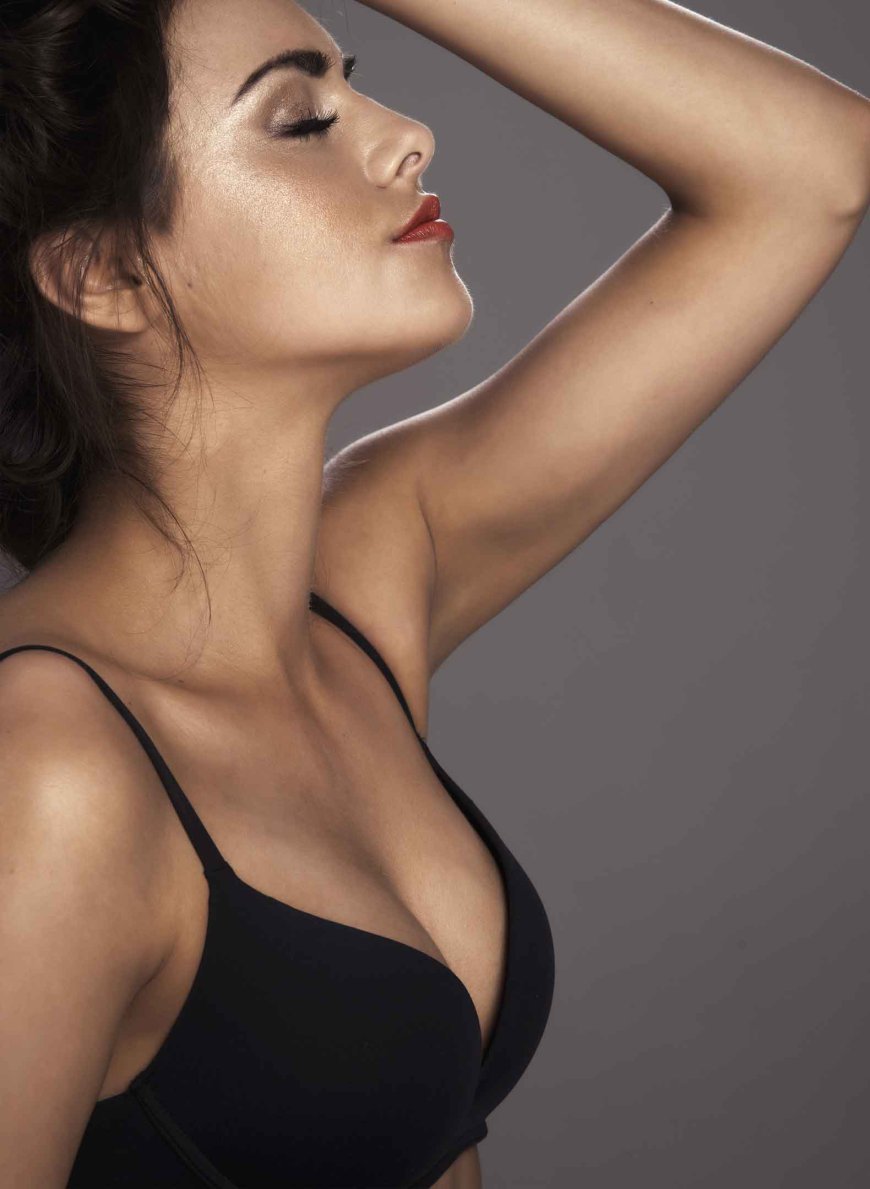What is the best form of breast augmentation?
Breast Augmentation in Dubai

Breast augmentation is a popular cosmetic surgery procedure that many women opt for to enhance the size, shape, or symmetry of their breasts. Over the years, advances in surgical techniques and implant technologies have made the procedure safer and more customizable, allowing individuals to choose the best form of Breast augmentation in Dubai suited to their needs. The best form of breast augmentation depends on various factors, such as personal goals, body type, and medical considerations. There are several options available, each with its unique benefits and drawbacks. Understanding these options can help individuals make an informed decision that aligns with their aesthetic desires and health requirements.
Types of Breast Augmentation
When considering breast augmentation, individuals can choose from different types of implants, including saline implants, silicone implants, and even fat transfer. Each type offers distinct advantages depending on factors like desired outcome, body type, and surgeon recommendations.
Saline Implants
Saline implants are filled with a sterile saltwater solution and are typically inserted empty before being filled during surgery. This allows for a smaller incision and a more customizable outcome, as the surgeon can adjust the volume of the implant after insertion. Saline implants offer a firmer feel compared to silicone and can be more noticeable in thinner women. However, they carry a higher risk of visible rippling, particularly in patients with less natural breast tissue. If a saline implant ruptures, the body naturally absorbs the saline solution, which makes it easy to detect. These implants are FDA-approved for women aged 18 and older.

Silicone Implants
Silicone implants are pre-filled with a gel-like substance that mimics the feel of natural breast tissue. This makes them a popular choice for women who desire a more natural look and feel. Silicone implants are less likely to cause rippling, especially for women with less breast tissue. Additionally, they tend to hold their shape better and are available in a variety of shapes and sizes. The downside is that if a silicone implant ruptures, it may not be immediately noticeable, which can lead to complications. Therefore, regular monitoring through MRI or ultrasound is recommended for women with silicone implants. These implants are FDA-approved for women aged 22 and older.
Fat Transfer Breast Augmentation
Fat transfer breast augmentation, also known as autologous fat grafting, involves liposuction to remove fat from other areas of the body, such as the abdomen or thighs, which is then purified and injected into the breasts. This option provides a more natural approach to breast enhancement since it uses the body’s own tissue. Fat transfer is ideal for women seeking a modest increase in breast size or those who have enough excess fat for liposuction. The major advantage of this technique is that it avoids the use of synthetic implants and reduces the risk of complications such as capsular contracture (scar tissue around the implant). However, the results can be unpredictable, and some of the fat may be absorbed by the body over time, leading to slight volume loss.
Composite Breast Augmentation
Composite breast augmentation combines both silicone or saline implants with fat transfer. This option is often used when a patient desires both volume and a more natural feel. The implant provides a base of volume, while the fat transfer helps to smooth the contour and provide a softer, more natural appearance. This method is particularly useful for women with implants who want to improve the overall look and feel of their breast augmentation. However, the fat transfer portion may not provide as significant a size increase as an implant alone.
Choosing the Best Option for You
The best form of breast augmentation is highly individualized, as it depends on a variety of factors, such as desired breast size, body type, and lifestyle. Additionally, your surgeon’s experience and advice play a crucial role in selecting the appropriate procedure. A thorough consultation with a board-certified plastic surgeon is essential to understand the pros and cons of each option. Here are some key considerations to help guide the decision-making process:
Body Type and Breast Anatomy
Your natural breast tissue and body shape will influence the type of implant or technique that is most suitable for you. Women with more natural breast tissue may opt for silicone implants for a more natural feel. On the other hand, women with less breast tissue may benefit from saline implants or fat transfer for a fuller, more natural appearance. If you have a smaller frame, a more modest size increase may be recommended to maintain a proportional look.
Desired Results
The results you are hoping for are a major factor in choosing the right procedure. If you are seeking a significant increase in breast size, implants will likely be the best option, especially if you desire symmetry or fullness. If you are looking for subtle enhancements, fat transfer might be a better fit, as it offers a more natural look but with less dramatic results.
Lifestyle and Health Considerations
Your lifestyle and overall health play a significant role in determining the best form of breast augmentation. If you have a busy lifestyle or engage in activities such as intense sports, fat transfer might offer a less invasive option, as it involves fewer surgical incisions. Additionally, it’s important to consider factors like skin elasticity, medical history, and potential for complications when deciding on an augmentation method.
Risks and Recovery Time
Every type of breast augmentation has associated risks and recovery times. Silicone and saline implants generally require longer recovery periods, with potential side effects such as infection, capsular contracture, or implant rupture. Fat transfer carries a lower risk of complications, as it uses the body’s own tissue, but it may not provide the same long-term results as implants. Discussing your medical history and expectations with your surgeon will help in assessing the risks and selecting the best option for your individual needs.
Conclusion
Breast augmentation is a personal decision that requires careful consideration of your aesthetic goals, body type, and overall health. Whether you opt for saline or silicone implants, fat transfer, or a composite approach, the best form of breast augmentation will vary depending on your unique desires and circumstances. Consulting with an experienced plastic surgeon is crucial to understanding the options available and making an informed choice. By discussing your goals, concerns, and preferences, you can ensure that you select the best option to achieve the desired look and feel, while also maintaining your health and well-being.

 Muhammad Ahmadz
Muhammad Ahmadz